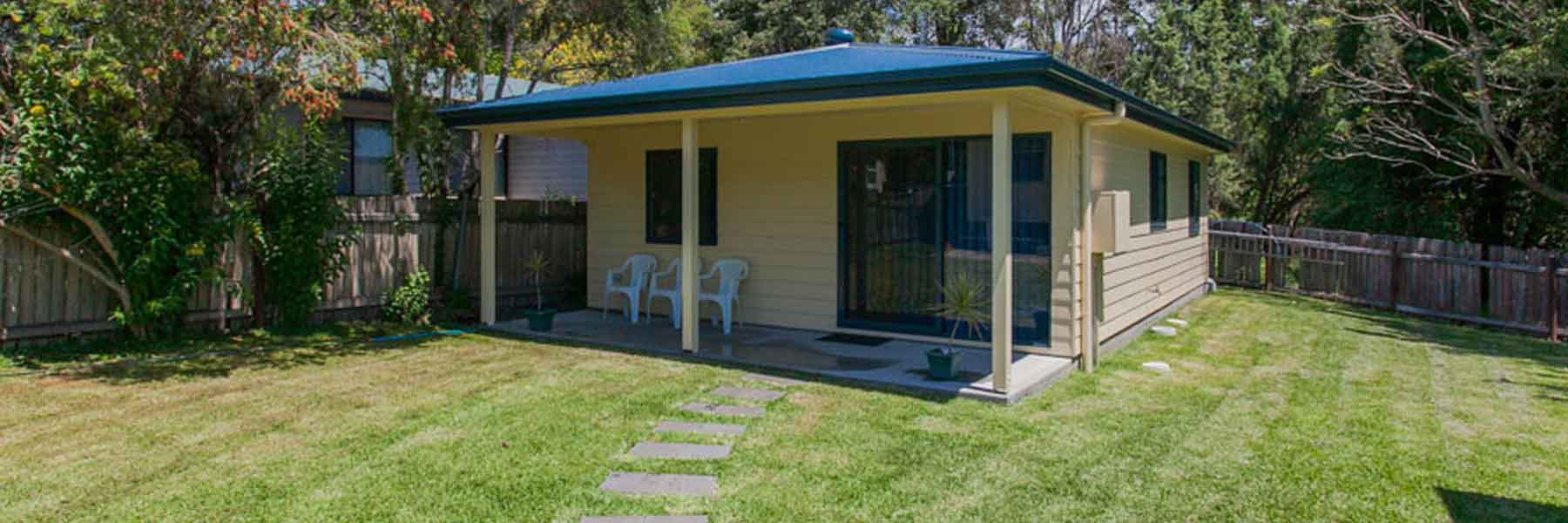Home > Home Loans > LVR Meaning Explained
LVR Meaning Explained
Author
Savvy Editorial TeamFact checked
If you’re in the process of finding a home loan to help you buy property, then it’s likely you will have encountered the term ‘loan to value ratio’ or ‘LVR’.
Despite the confusing language found in some areas of discussion surrounding home loans, most of these concepts are actually relatively straightforward and easy to understand.
Here we will break down what LVR means, and provide an overview of the implications that an LVR has on your home loan.
What exactly is the meaning of an LVR?
LVR is the three-letter abbreviation for the term ‘loan to value ratio’. This term is used to describe the percentage of the purchasing cost of a property that is being paid for with a loan versus the percentage of the cost which is being paid for in a cash deposit.
For example- James and June plan to buy a house worth $600,000.The fees associated with the purchase of this property (for the sake of our example) will be another $20,000.
This gives us a total purchase cost of $620,000.
Because they can afford to pay a $60,000 deposit towards the total purchase cost, they must take out a home loan of $560,000 in order to complete their purchase.
By dividing the home loan amount by the total purchase price, and expressing this as a percentage, it is possible to work out the LVR on this loan, which looks like:
$560,000 divided by $620,000 = 0.903
0.903 expressed as a percentage is 90.3%, meaning that James and June’s LVR on their loan will be 90.3%, or in other words, they will be borrowing 90.3% of the cost of purchasing their property.
Why is the likely LVR on my home loan important?
Your LVR will have several implications on your home loan outcomes, and these can vary depending on your specific situation, the lender you will opt for, and other factors, but as a general rule the main implications to consider are:
- Lenders’ mortgage insurance (LMI)
The majority of lenders require the borrower to pay extra fees to cover the expense of lenders’ mortgage insurance, which is insurance taken out in order to cover the lender in the unlikely scenario that the borrower defaults on future loan repayments.
The higher your LVR is, the more you will need to pay towards LMI, as a greater portion of your property’s total cost will be outstanding. Most lenders require the borrower to pay for LMI for all loans with an LVR of over 80%.
- Interest payments
Because a lower LVR means that you are likely to enjoy lower interest rates, a low LVR means that you will need to pay a larger deposit in order to save money in the long-run.
If we revisit James and June’s $620,000 property purchase, we can see this change in interest rates play out across different LVR scenarios.
Assuming the 90.3% LVR that we calculated above results in a 3% interest rate on a 25-year loan, monthly interest payments on this loan would begin at $1,400, with the sum of interest payments reaching $236,676.
If we apply an 80% LVR to the same loan resulting in a 2.5% interest rate, monthly interest payments would be at $1,041, with total interest payments over the term of the loan reaching only $172,926- a difference of over $63,000.
More questions on the meaning of an LVR?
While you should always aim for an LVR of 80%, sometimes a variety of factors will influence your decision to commit to a loan with an LVR which is higher than this. These factors include how quickly you need to purchase property, whether you have budgeted to allow for LMI, or if going above 80% is what is required to ultimately make your purchase happen for the right property.
Lenders will not require a minimum LVR- from their perspective, the more of the total value of the property you are paying for up front, the safer their investment is. The maximum LVR lenders will tolerate is dependent on the type of property being purchased and the financial situation of the borrower. Typically, lenders need borrowers to be able to provide a 5% deposit on a property at a minimum (a maximum LVR of 95%).
When the prospective borrower presents a greater financial risk to lenders, such as having a tainted credit history or being dependent on a pension as a portion of regular income, lenders will require a minimum deposit of 20% of the purchase price, or an LVR of 80% or lower on the loan.
This requirement can also apply to loans for the purchase of certain types of property, which lenders view as being less likely to sell easily in the instance that lenders must seize the asset in order to recover unpaid debts. Examples of these property types can include small units in areas with an oversupply of apartments, or certain commercial premises.
The easiest ways to keep your LVR low is to save funds for your deposit at a more efficient rate, or to set your sights on properties which have a lower cost relative to what you can afford to pay as a deposit. If you can only save $40,000 for a deposit, for example, a property worth $500,000 will result in your loan having a higher LVR than a property worth $400,000, and so on.
Yes, a guarantor is one way that you can look to potentially save costs on LMI should you be unable to afford a larger deposit in order to reduce the LVR of your loan. Guarantors provide lender security on the loan in the event that the borrower fails to make their due repayments. This offsets the lender’s need for insurance, as the guarantor is then responsible for paying the entirety of the bad debt.
Yes, it is also possible that by taking out a loan with a higher LVR than the recommended 80%, then you might be subjecting yourself to higher-than-average interest rates and therefore exposing yourself to increased costs moving forward that could possibly be avoided with the provision of a larger up-front deposit.
In a perfect world, yes, it would be financially beneficial for you to wait until you have saved a large enough deposit in order to avoid paying for LMI and to reduce your exposure to interest expenses. Different individuals’ property needs require unique approaches to finance though, and it should be noted that in some instances, taking on the cost of LMI and greater interest payments will be what the buyer has decided is right for them. Ultimately, you must decide based on your own situation and the opportunity that has presented itself.










